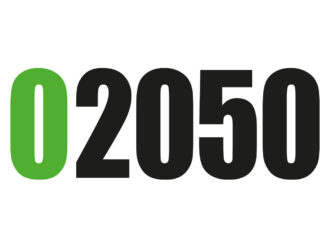With such distorted expectations, the asset management industry has its work cut out. So how has it reacted to this new and rapidly growing era of saving?
ANNUITIES ARE DEAD, LONG LIVE ANNUITIES
CREATE-Research and Northern Trust recently interviewed 15 insurance companies and asset managers on the changing pensions landscape. The research concluded as a result of the changes there would be an initial outflow from annuities into various diversified income funds, especially those based on passive investments.
However, the report added: “Over time annuities will make a comeback within a new hierarchy of products, with diversified income funds at the bottom and annuities at the top. In between, two new product sets will emerge: pathway funds that target retirement income in the accumulation phase (e.g. target date funds, diversified growth funds) and managed drawdown funds offering a steady income.”
The concept of annuities staging a dramatic comeback a few years down the line is a distinct possibility. However, in the short-to- medium term there will be an influx of diversified income funds to target the three options at retirement. In many ways building flexibilities into products in order to deal with how members act at retirement is relatively straightforward, but the introduction of a charge cap on default funds is definitely happening in April which forces managers’ hand on product design.
According to JLT Employee Benefits investment consultant Maria Nazarova- Doyle, the cap has prevented certain diversified growth fund (DGF) managers from being the biggest part of the default fund. “We have seen managers coming out with lighter versions of their flagship products, so they are trying to make it cheaper to have their piece of action from the DC market,” she says. “They are realising the importance of DC assets which are soon to overtake DB.”
She also notes the new breed of income drawdown funds are likely to be made available on a self-select basis given the reluctance of employers and trustees to shoulder responsibility for members into and through retirement. These funds would follow a multi-asset approach retaining a growth allocation to equities, albeit smaller than normal growth funds, because the member still needs growth as well as downside protection.
“It could feature something like absolute return bonds, which have low sensitivity to interest rate changes,” she adds. “[Long gilts] used to be considered safe assets and moved in line with the price of annuities, however they are very sensitive to interest rate changes. So if you are no longer buying an annuity but invested in long gilts, it is actually a very risky investment. Recently gilts were up 20%, but they could just as easily do the opposite.”
NOT RE-INVENTING THE WHEEL
Indeed, it does seem that certain managers have launched ‘lighter’ versions of their funds in order to come in under the charge cap and in doing so have not had to reinvent the wheel when it comes to creating market- ready products.
Aon Hewitt DC consulting team partner Sophia Singleton says she is seeing a lot of DB investment shifting to DC, but because of the charge cap funds tend to be more passive-based with an active overlay. “As members move closer to retirement and additional risk management becomes more important that is where active management can add extra value and diversification,” she says.
According to Toby Nangle, head of multiasset at Threadneedle Investments, the manager already had the infrastructure in place for an offering in the new DC space. “We came back with something we could have written on the back of an envelope,” he says.
Threadneedle is pushing two of its multi-asset funds which both come under the cap at 50bps. The first is a Dynamic Real Return fund which targets a positive real rate of return above inflation (CPI) over the medium to long term and to provide a positive return over a three-year time period. The second is a Multi-Asset Income fund which aims to provide a level of income with the prospect of capital growth over the medium to long term. Both funds incorporate an element of active management.




Comments